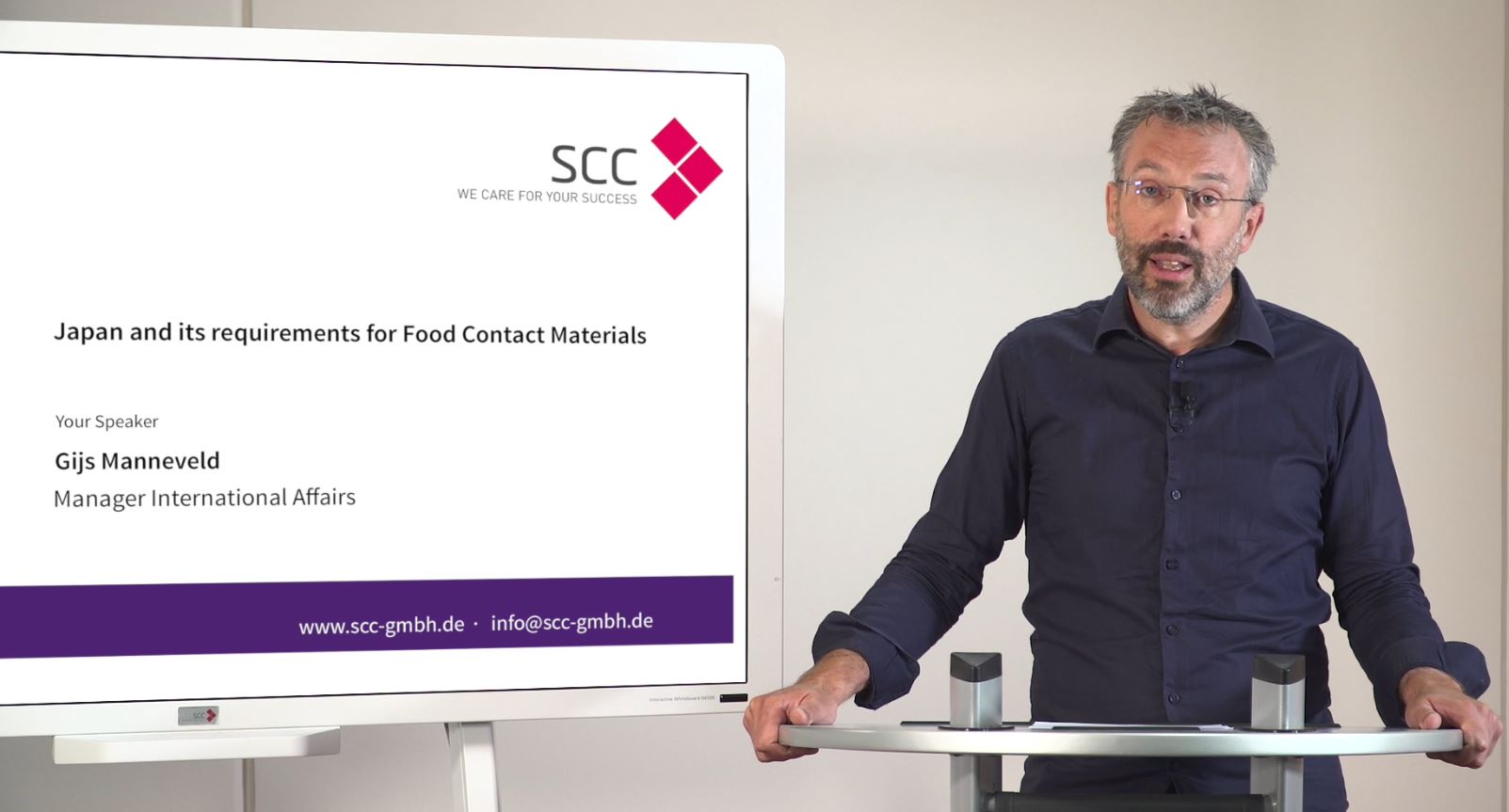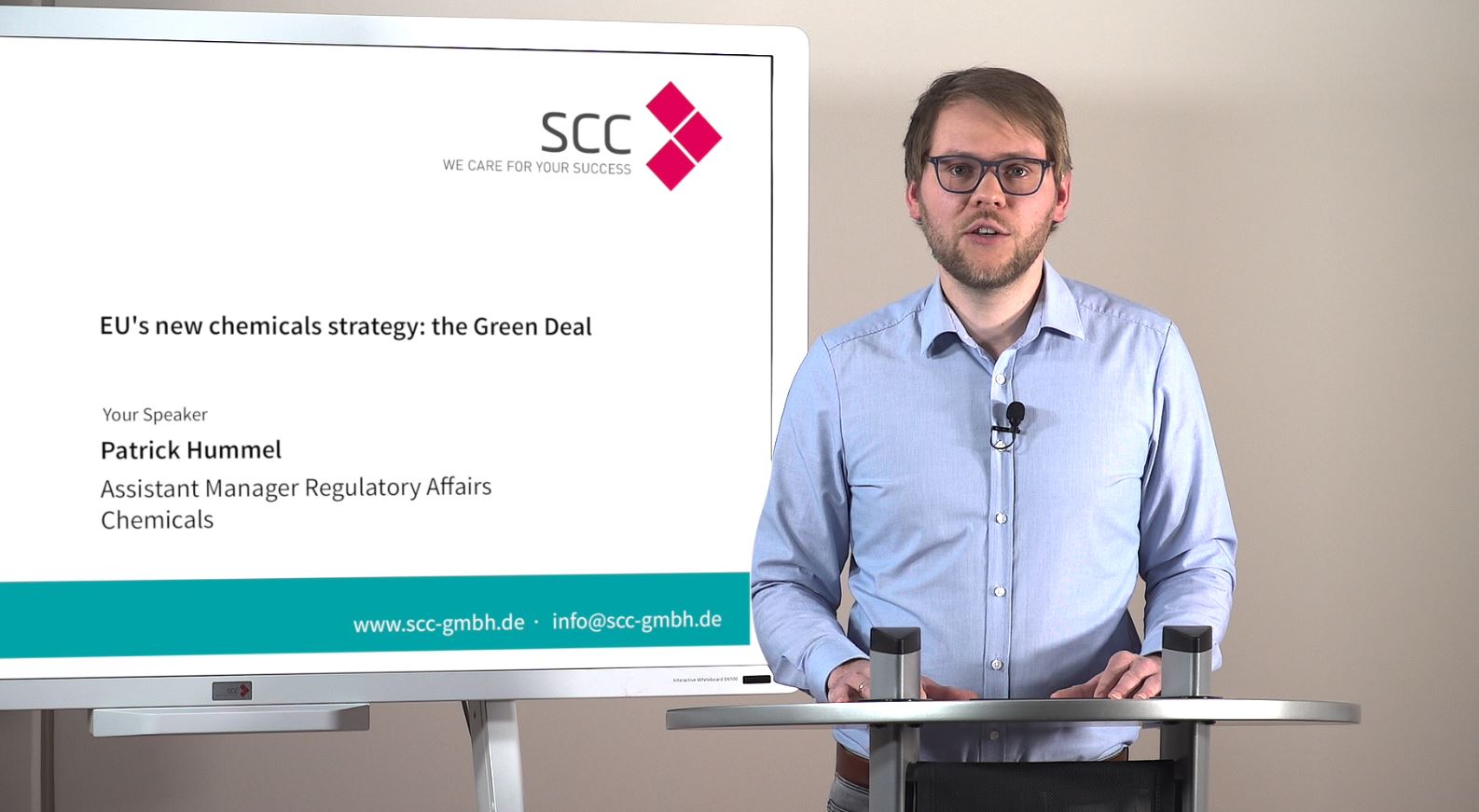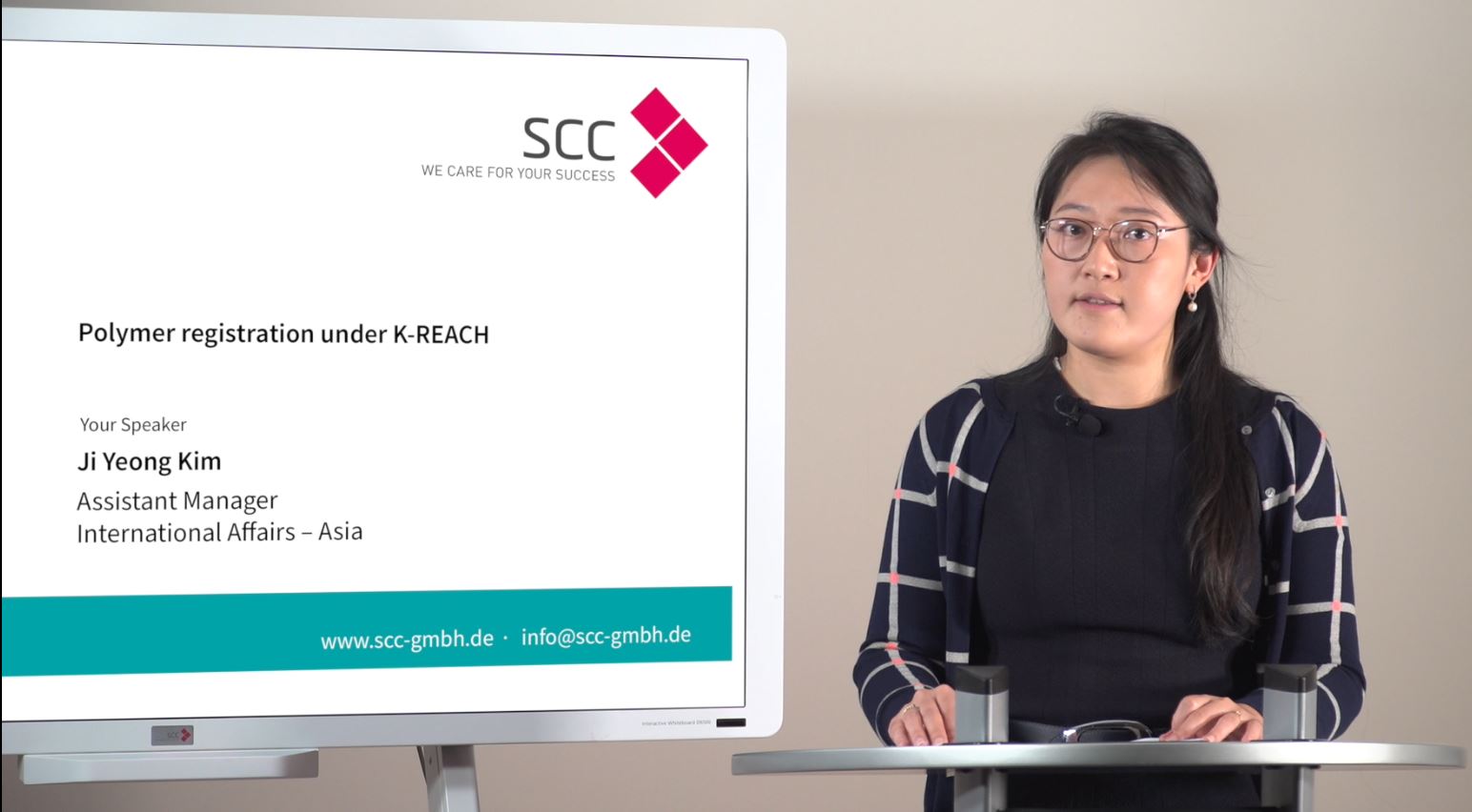
Chemicals
ECHA Provides Clarification on PNEC/ DNEL Derivation and Risk Assessments
Date: 23 March 2022
On behalf of our clients, we asked ECHA to comment on the necessity of PNEC/ DNEL derivation and risk assessments in four specific cases. We have summarised the cases and answers from ECHA for you in the table attached. If you have any queries, please do not hesitate to contact us.Commission Regulation (EU) 2021/979 Amending Annexes VII and XI to the REACH Regulation
Date: 22 March 2022
Commission Regulation (EU) 2021/979 was adopted on 17 June 2021 and has been in effect since 8 January 2022. The objective of the amendments are to:
- Provide more clarity on the obligations of registrants and the role of ECHA
- Increase legal certainty of the evaluation practise
- Ensure that animal testing is performed at appropriately high dose levels
- Modifying general rules for adaptation concerning existing data, weight of evidence and read-across/grouping
The amendment will likely trigger REACH dossier updates.
For your convenience, we have compared the differences between the old and new regulations and summed them up for you in this table.
ECHA’s Advice on Determining Dose Levels in Toxicity Testing
Date: 18 March 2022
ECHA has recently published guidance on dose setting for repeated-dose toxicity studies. The new guidance advices to justify dose setting for all doses, including spacing. The dose setting should be determined by range-finding studies, not by acute toxicity studies or toxicokinetics. ECHA considers 2- to 4-fold intervals to be optimal. For larger intervals between dosages, e.g. 6- to 10-fold, ECHA recommends adding a fourth test group. The length of the range-finding studies requires to be at least 7 days for subacute studies and at least 14 days for subchronic studies. The range-finding studies should be provided in separate endpoint study records (ESRs).
If sensitivity differs between sexes, they should be tested at different doses.
Sexual function and fertility should be prioritised in the study design of the OECD TG 443, thus dose levels should not be reduced to get enough offspring for the assessment of developmental toxicity.
For more information, please visit: https://www.echa.europa.eu/-/new-advice-for-determining-dose-levels-in-toxicity-testing
Board of Appeal Decision on Substance Evaluation
Admissibility – Simulation Testing on Ultimate Degradation in Surface Water – 14C-Radiolabelling
Date: 17 March 2022
A registrant of a substance, listed in CoRAP 2019 was requested for further information to determine whether the substance in question, including its transformation and/or degradation products, is PBT or vPvB. In accordance with Articles 46(1) and 52(1) the registrant was asked to conduct simulation biodegradation test in surface water (EU C. 25/ OECD TG 309) or, should that test not be technically feasible, simulation testing in soil (EU C.23/ OECD TG 307).
The registrant submitted an appeal to the BoA, asking it to annul the contested decision and confirm that the requested testing should be carried out without radiolabelling. In the first plea, the appellant claimed that ECHA failed to consider their comments to the draft decision objectively. In the second plea, the appellant argued that it was not necessary to use radiolabeling for the substance when carrying out the testing required by the contested decision, explaining that the degradation products to be formed in the test system can be predicted by referring to other substances which are similar to the substance in question.
The BoA rejected the first plea stating that there was no clear description in the plea which comments had not been considered. In its contested decision, ECHA had clearly indicated which comments had been taken into account.
The second plea was also rejected. The BoA declared that the appellant only assumes that the transformation or degradation products are known, however, there is no scientific evidence that these are formed during the degradation process in the study. Other transformation or degradation products can be formed during the degradation process and that is why the substance should be radiolabelled. The BoA requested the appellant to submit the requested studies by 20 September 2023.
Update from CARACAL on the ongoing DMELs study and the upcoming REACH revision
Date: 1 February 2022
On 17-18 December 2021 and 27 January 2022, the 42nd and 43rd meetings of the CARACAL were held. The Competent Authorities for REACH and CLP (CARACAL) are an expert group which advises the European Commission and ECHA on questions related to REACH and CLP.
Assessment of Regulatory Needs List – All You Need to Know
Date: 1 February 2022
In the recent past, European Chemicals Agency (ECHA) assessed around 3,400 substances and summarised the results in an annual report. The assessment of regulatory needs list (ARN) is publicly available and continuously updated by ECHA.
Which information is provided?
The ARN list contains substances which have been already assessed or are currently under evaluation. For each substance, the table includes the information on the assessing authority (submitter), the concern, the status, the suggested follow-up action, and the date of the latest update to the list entry. Other process details and relevant documents are also available.
Board of Appeal permits a tonnage downgrade after draft compliance check decision
Date: 1 February 2022
BASF SE appealed to the Board of Appeal (BoA) after ECHA declined to reconsider its draft decision on compliance check of a substance which tonnage was downgraded by BASF SE upon ECHA’s draft decision. The substance involved was reaction product of [29H, 31 H-phthalocyaninato (2-)-N29, N30, N31, N32] zinc, sulphuric acid and caustic soda (EC No 939-524-8), originally registered at tonnage band 100-1000t/a and later downgraded to 10-100t/a.
Complying with Japan's Chemical Substances Control Law
Date: 23 September 2021
The Chemical Substance Control Law (CSCL) is one of the oldest chemical regulations in the world, adopted in 1973.
For better understanding how to comply with CSCL, we have prepared a brief guidance on the regulatory process under CSCL.
What are the next steps for polymer registration under K REACH?
Date: 24 June 2021
Polymers manufactured or imported into South Korea at more than 1 t/y are subject to registration under K REACH, unless the polymer meets the PLC (Polymer of Low Concern) criteria... Read the full article.















